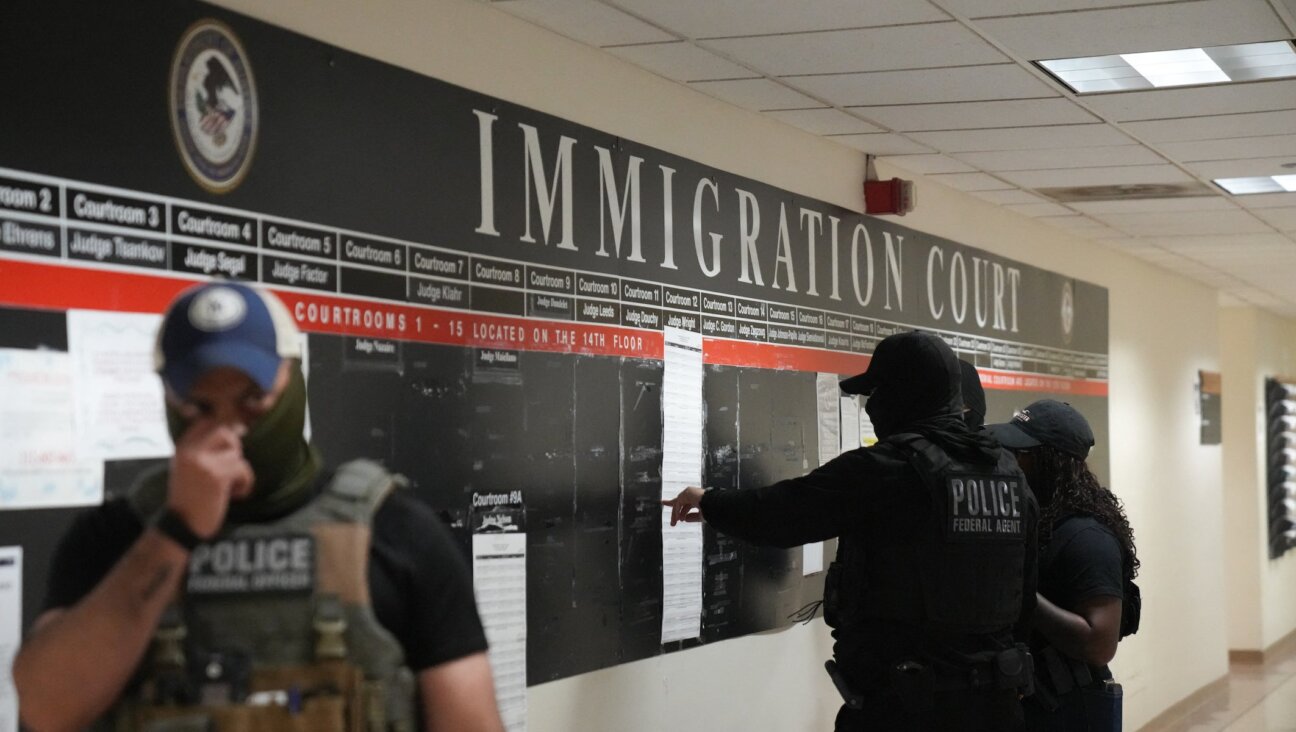A Marquee for the Ages: The First Season of Maurice Schwartz’s Theater
The first season (August 1918 – May 1919) of Maurice Schwartz’s Yiddish Art Theater opened at the 900-seat Irving Place Theatre, built as a German theater, in New York City’s Union Square. Schwartz’s repertory company lasted more than 30 seasons. The original cast of 15 principals (plus often dozens of extras) included Schwartz, Celia Adler, Bertha Gersten, Jacob Ben-Ami, Ludwig Satz, Boris Rosenthal, Annie Meltzer, Anna Appel, Madame Nadolski, Klara Rosenthal, Yekhiel Goldsmith, Max Wilner, Julius Erber, Madame Rosenthal and Nadolski. In 1922, Schwartz moved the company to the 2,000-seat theater built especially for his Art Theater on Second Avenue and 12th Street, now a Loews cinema multiplex. (Actors who performed with Schwartz throughout his career include Academy Award Winner Paul Muni, Joseph Buloff, Stella Adler, Luba Kadison, Isaiah Sheffer and Leonard Nimoy.)
The company presented 35 different productions that first year — both Yiddish classics and new works, and translations from world literature. Some, like Oscar Wilde’s “An Ideal Husband” and Henrik Ibsen’s “A Doll’s House,” were also playing in English on Broadway that same year. The following is a chronological list of the plays presented by Schwartz during his inaugural season. An asterisk indicates a translation into Yiddish.
-
“The Man and His Shadow” by Z. Libin, opened August 30, 1918.
-
“Mrs. Warren’s Profession” *by George Bernard Shaw, opened September 25, 1918.**
-
“Baylke the Marionette” by Berl Botvinik, opened September 26, 1918.
-
“A Wife on Installment” by Mikhl Goldberg, opened September 30, 1918.
-
“Sappho” by Jacob Gordin, opened October 3, 1918.
-
“Uriel Acosta” *by Karl Gutzkow, Yiddish by Y. Lerner, opened October 7, 1918.**
-
“The Robbers” *by Friedrich Schiller, opened October 14, 1918.**
-
“A Secluded Nook” by Peretz Hirschbein, opened October 16, 1918.
-
“The Haunted House” by Avram Shomer, opened October 18, 1918.
-
“The Awakening of a People” by Osip Dimov, opened October 25, 1918.
-
“The Ghosts” *by Henrik Ibsen, opened October 30, 1918.**
-
“Kreutzer Sonata” by Jacob Gordin, opened October 21, 1918.
-
“Shma Israel (Hear O Israel)” by Osip Dimov, opened November 12, 1918.
-
“A Doll’s House” *by Henrik Ibsen, opened November 19, 1918.**
-
“The Devil’s Wife” *by Karl Schoner, opened December 2, 1918.**
-
“Resurrection” *by Lev Tolstoy, opened December 5, 1918.**
-
“Unreasonable Ways of Love” by Dovid Pinski, opened December 11, 1918.
-
“Isaac Sheftl” by Dovid Pinski, opened January 2, 1919.
-
“Gabri and His Women” by Dovid Pinski, opened January 9, 1919.
-
“Professor Bernardi” *by Arthur Schnitzler, opened January 16, 1919.**
-
“The Jewish King Lear” by Jacob Gordin, opened January 27, 1919.
-
“Mirele Efros” by Jacob Gordin, opened February 1, 1919.
-
“The Butterfly Battle” *by Hermann Sudermann, opened January 28, 1919.**
-
“Success” by Moshe Nadir, opened February 7, 1919.
-
“The Treasure” by Dovid Pinski, opened February 18, 1919.
-
“The Blacksmith’s Daughter” by Peretz Hirschbein, opened February 21, 1919.
-
“Believe Your Wife” *by Leonid Andreyev, opened March 6, 1919.**
-
“Hedda Gabler” by Henrik Ibsen, opened March 11, 1919.
-
“An Ideal Husband” *by Oscar Wilde, opened April 3, 1919.**
-
“Samson and Delilah” *by Sven Lange, opened April 23, 1919.**
-
“The Father” *by August Strindberg, opened May 1, 1919.**
-
“The Truth” *by Stanislaw Przybyszewski, opened May 6, 1919.**
-
“People” by Sholom Aleichem, opened May 6, 1919.
-
“The Power of Darkness” *by Lev Tolstoy, opened May 23, 1919.**
-
“Green Fields” by Peretz Hirschbein, May 30, 1919.























